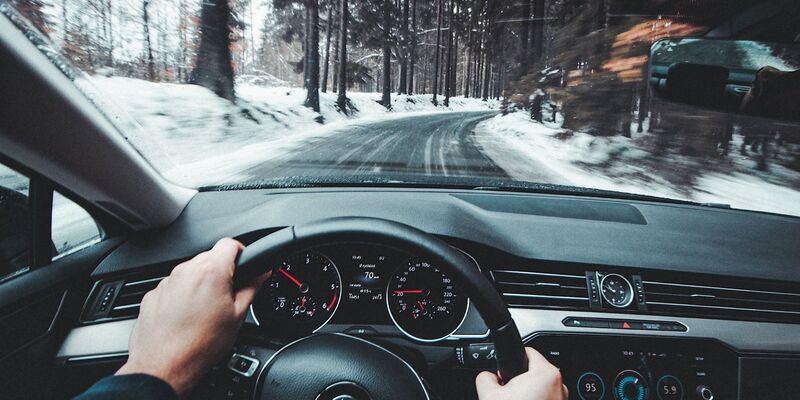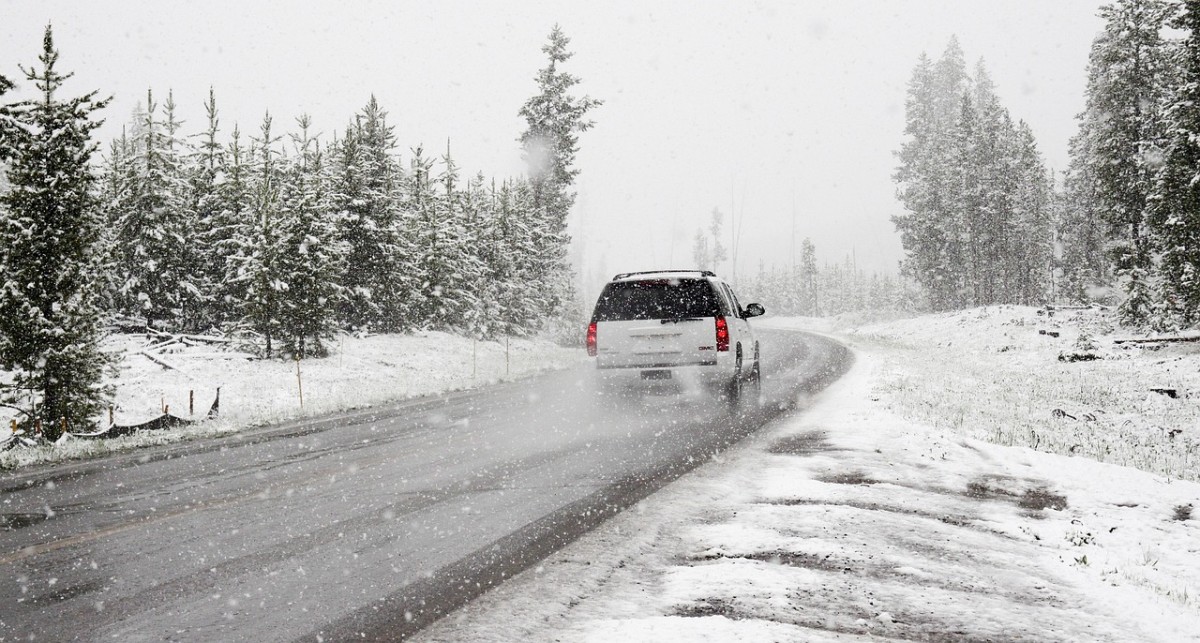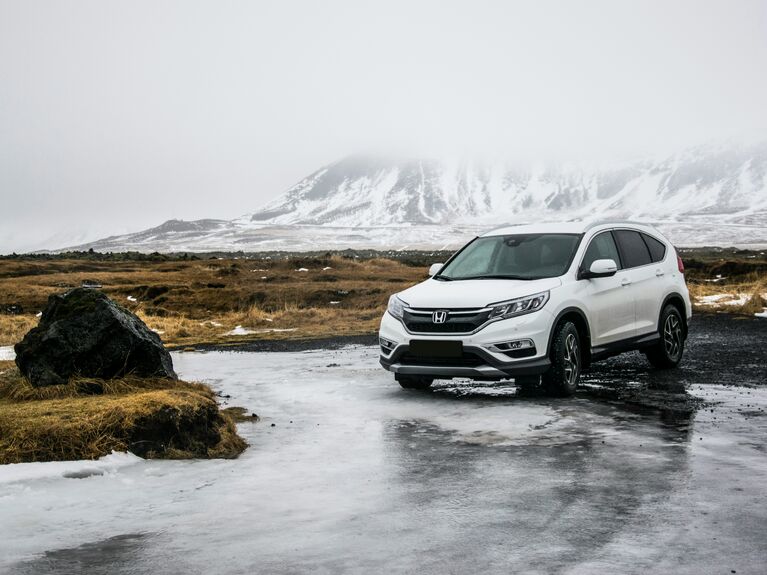
Credit: https://unsplash.com/photos/person-driving-volkswagen-vehicle-XuDPnpox8tc
When driving in winter weather, it’s important to check your car and take the right precautions. Here are the top 7 things to check and do before setting off on a journey.
1. Antifreeze
Antifreeze or engine coolant is used to stop your engine and radiator from freezing in colder weather. In the same way, it stops your engine from overheating in hotter weather. Just like oil, there are multiple different types of antifreeze and it’s important that you get the correct antifreeze for your engine.
Click here to see which antifreeze is right for your car
2. Lights
In bad conditions, your headlights and brakelights are the best way for you to see clearly and for other cars to see you. It’s important that you check that your lights are working properly and that they are clean. The best way to check your headlights is to put them on and either walk around your car or check them on a reflective surface. Similarly, the best way to check your brake lights is to check them on a reflective surface or get someone to check them.
However, because your lights seem dim, it doesn’t always mean that your bulbs are faulty, if you still see an issue once you have replaced the bulbs, it’s important to go see your local mechanic to check if it's a wiring problem, a charging problem or bad switches.
3. Tyres
When checking your tyres, it’s important to check that they have the right amount of air in them and the tread depth is correct. To check what PSI your tyres need, this can be found on a sticker inside the driver door or in the spec in your driver manual (usually found in the glovebox). You can check what pressure your tyres have using a tyre pressure gauge or at your local petrol station.
There are different ways to check your tyre tread depth. This can be with a tread depth gauge or with a coin. The legal requirement for your tread depth is 1.6mm and covers ¾ of your tyre, all the way round.

4. Brakes
Before setting off on any journey, it’s important that you check your brakes are working correctly. Before starting your engine, press the brake pedal. It should not feel slack or spongy. Once you have set off, find a safe place and test them again. Firmly apply your brakes, you should not pull to one side. If you have any concerns with your brakes, consult with your mechanic.
5. Be Prepared
When driving in winter weather, you don’t just need to make sure that your car is up to standard, you also need to make sure that you have everything that you need if you were to run into trouble. We recommend having the following items in your car in case the worst happens:
- De-icer and an ice scraper - poor visibility can be a real danger
- A warning triangle and a high-vis jacket - these often come as standard in many newer cars and a bit of reflection is very helpful for those long winter nights
- Torch and spare batteries - in case you find yourself stranded somewhere with poor road light coverage
- Your phone and a USB charger - you might feel like you could navigate to any street in the UK with Google Maps on, but what if your phone runs out of battery? A phone’s also handy to call loved ones for a hand or the AA.
- Spare pair of warm clothes and a blanket - If worse comes to worst and your stranded, wet and cold, at least you have some warm clothes to change into whilst help arrives
6. Wiper Blades & Screen Wash
Another important winter check is that you have enough screenwash and that your wiper blades are clean. Simply wipe your wiper blades down with soapy, warm water. Finish off by wiping the edge of the blade down with rubbing alcohol. Rather than just using water to wash your windows, try adding washer fluid with water. All of this combined should reduce your window from smearing.

7. Under the Bonnet
Finally, make sure that you have enough fuel, oil, etc in your car before any significant journey. Whilst this is always important, it’s even more so in colder months when your car can play up and breaking down is even less fun!
To check your oil level, local your dipstick under your bonnet. Simply take out the dipstick, wipe off the excess oil, dip back in and read the oil level. Not all oil is compatible with every car, make sure you check what oil is correct for your car.
Click here to check what oil is right for your car
Once you have done these things, you should be good to go. Make sure you add extra time onto your journey if the conditions are back and take your time. If you have any concerns with your car, consult your local mechanic and get it fixed.
In the meantime, check out our blog for more helpful guides and info. Also, why not give us a follow us on Instagram and Facebook?




